The sight of a needle once struck terror in Natalie Guthrey.
When someone tried to start an intravenous line or draw blood, she cried, clung to her parents, turned red and sweated profusely.
“She would fight so hard that sometimes when they would get (the line) in, she would just wiggle it right out by flexing her muscles,” said her mom, Sarah.
But that was then—Natalie as a 3-year-old.
This is now: “I get pokes without even crying,” she says.
As a 4-year-old, she shrugs off injections with a matter-of-fact, been-there, done-that attitude.
She has had help getting to this point: from a child psychiatrist, Child Life specialists, her parents and the nurses and technicians who give injections and draw blood.
And there’s ghost poop. But more about that later.
Natalie’s care team gives most of the credit to Natalie. At 3 1/2 feet tall, she towers over a fear that once made her miserable.
“She’s gotten so brave,” says Alejandro Quiroga, MD, her pediatric nephrologist at Spectrum Health Helen DeVos Children’s Hospital.
Natalie’s battle with pokes began when she developed kidney disease.
The first symptoms emerged in February 2017, not long after she turned 3.
A bad cold left her body swollen. At their family doctor’s advice, her parents, Sarah and Eric Guthrey, took Natalie to the emergency department at Helen DeVos Children’s Hospital.
Tests showed she had minimal change disease—a disease that damages the filtering units of the kidney. It is the major cause of nephrotic syndrome, a condition that involves spilling protein in the urine and swelling.
To treat the disease, Natalie began receiving IV steroid treatments. And she needed regular blood tests—sometimes as often as once a week. She also made four trips to the ER in a single year.
The result: lots of pokes.
The nurses, lab technicians and Child Life specialists have quite a few tricks up their sleeves to help kids manage a fear of shots—they blow bubbles, play games and watch shows on iPads.
But Natalie’s fear became so intense, those distractions had no effect.
They tried giving Natalie nitrous oxide—known as laughing gas—to ease her anxiety, but she was terrified of the mask used to deliver the gas. Sedatives also didn’t help.
Despite all the efforts of the staff and her parents, Natalie’s fear of injections turned to terror.
“From February to July, it was super tough,” Sarah says. “She would try to be brave, but she had been through so much.”
Seeking help
The Guthreys consulted Jennifer Bowden, MD, a pediatric psychiatrist, for help.
Dr. Bowden sympathized with Natalie’s reaction. Swelling caused by her illness had made it more difficult to access blood vessels, she noted. And the steroids she received could make her more irritable and anxious.
At times, her parents had to hold her still while the staff started an IV or blood draw. The loss of control intensified her fear.
“She is so precocious and smart and could have an adult conversation with you at the age of 3,” Dr. Bowden says. “It made it even worse that you can’t talk her down from any of it.”
Dr. Bowden approached the issue with “exposure therapy.” Initially, she and Natalie met in her office to play and talk about her fear of needles.
As a very verbal 3-year-old, Natalie found it possible to talk about ways to calm down when she felt anxious. Techniques included deep breathing and blowing bubbles helped for that. She also learned a child-friendly form of progressive muscle relaxation, where kids are encouraged to tense up their entire body and then make themselves as wiggly as a cooked noodle.
Next, Natalie visited the emergency room twice with Dr. Bowden and Child Life specialists. She had a chance to become comfortable with the medical equipment when she wasn’t sick and frightened. She blew bubbles, made creations with Play-Doh and gave pretend injections to a doll.
“By the second session, she was doing fantastic,” Dr. Bowden says. “I think at that point she was really comfortable. She wasn’t clinging to her mother and was very comfortable with the equipment.”
Natalie’s parents also helped by remaining calm even when their daughter was upset and by talking about her fear, she adds.
“I think her parents really helped with her healing,” she says.
Natalie’s parents also received a helpful tip from Child Life specialists Katrena Froh and Ashley Kirvin: They suggested using a lidocaine cream to numb the skin before Natalie had an injection.
“The first time she didn’t feel (the poke), she was so proud of herself,” Sarah says. “She couldn’t wait to tell everybody.”
Ghost poop
When she arrives at the outpatient laboratory with her parents for a blood draw, Natalie has a dab of white lidocaine cream in the crook of each arm, covered by clear bandages. Both arms are ready, so she can get her blood drawn from either one.
“The cream helps,” Natalie says. With a little smile, she adds, “They call it ghost poop.”
As Karen Kehr, a lab technician, prepares to draw blood, Natalie sits comfortably on her mom’s lap and holds out her arm. Just before the needle goes in, she closes her eyes tight. She winces briefly. And then she is calm.
Kehr draws the vials of blood. And then, her job done, Natalie hops down to pick out a sticker and a “poke prize” from the treasure box. She picks extras for her younger sisters, Abby and Esther.
“You did a good job,” Kehr says.
Natalie smiles. She knows she did.
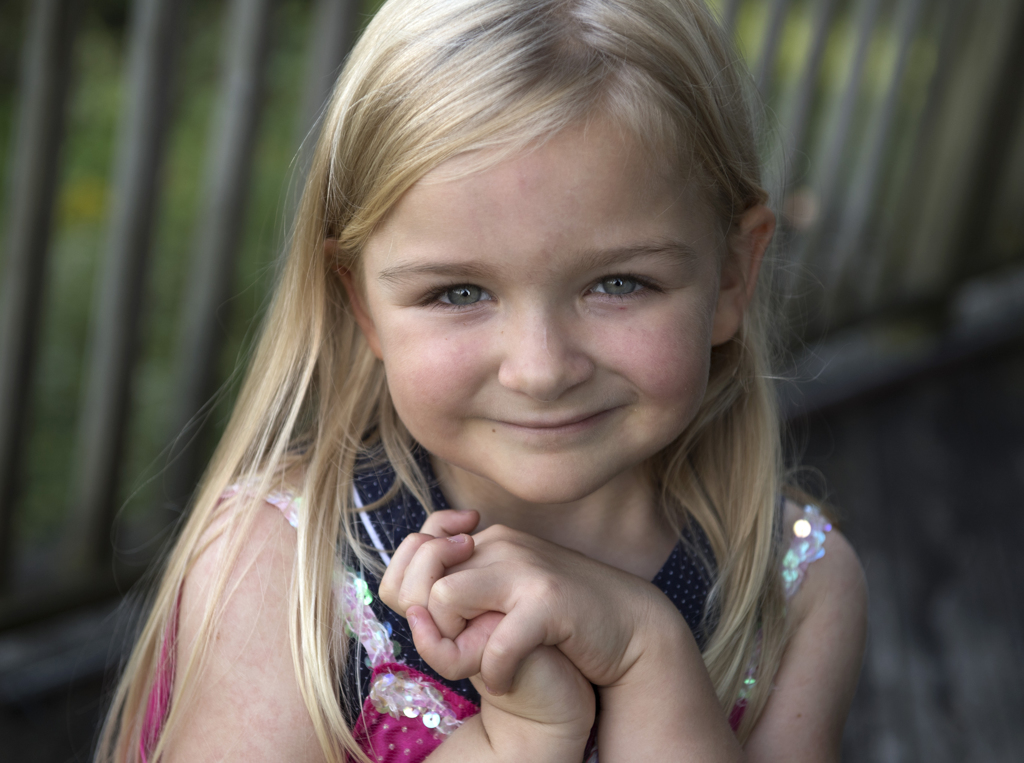
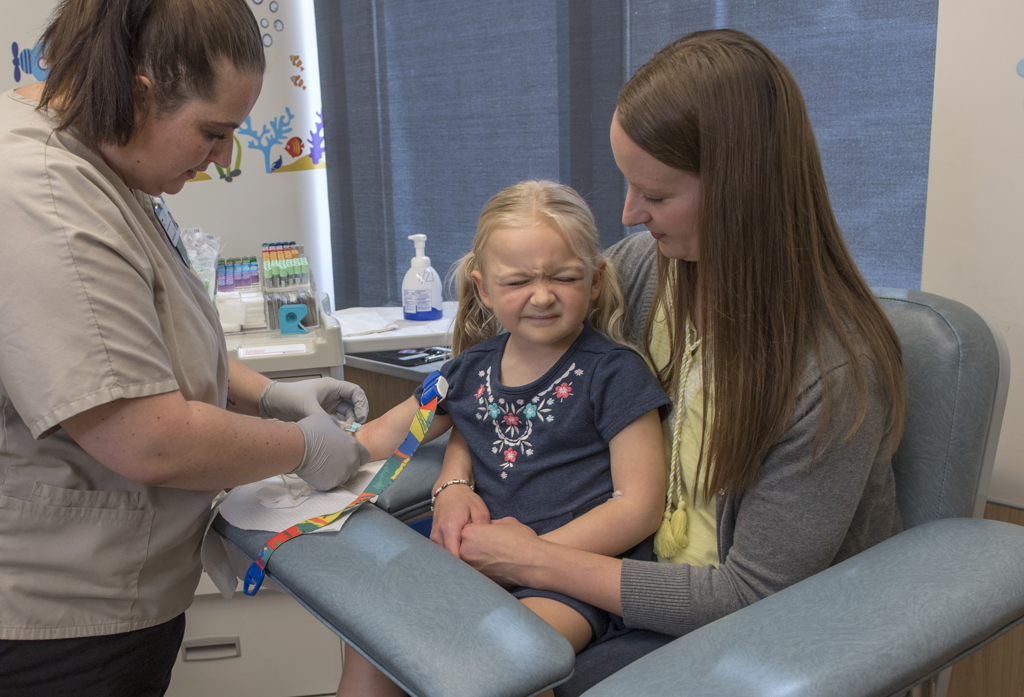
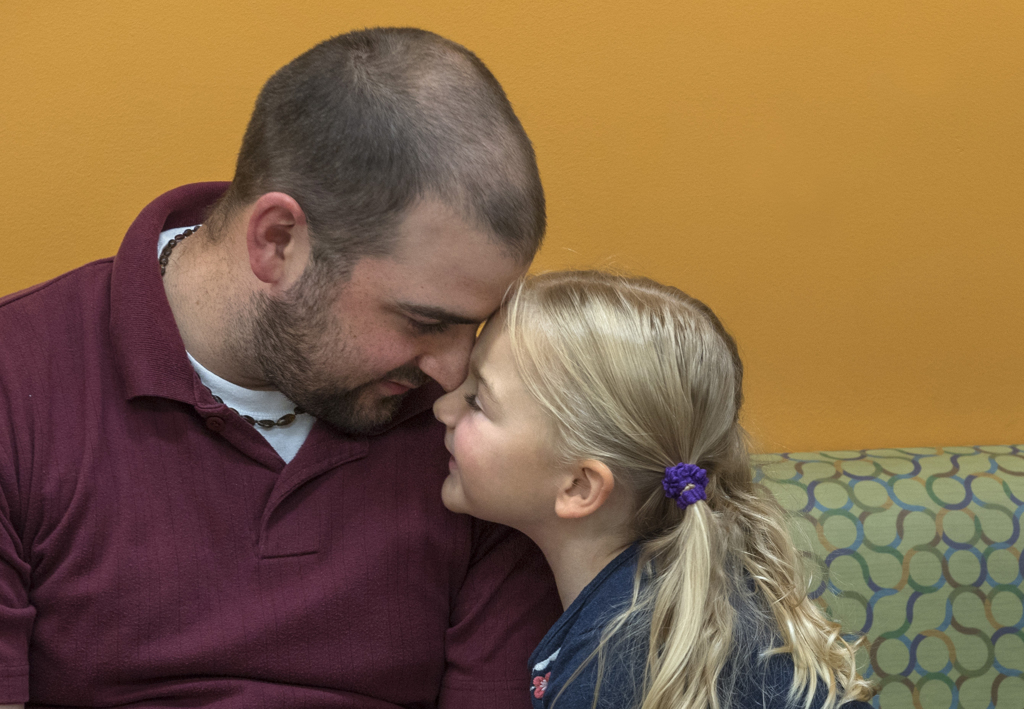
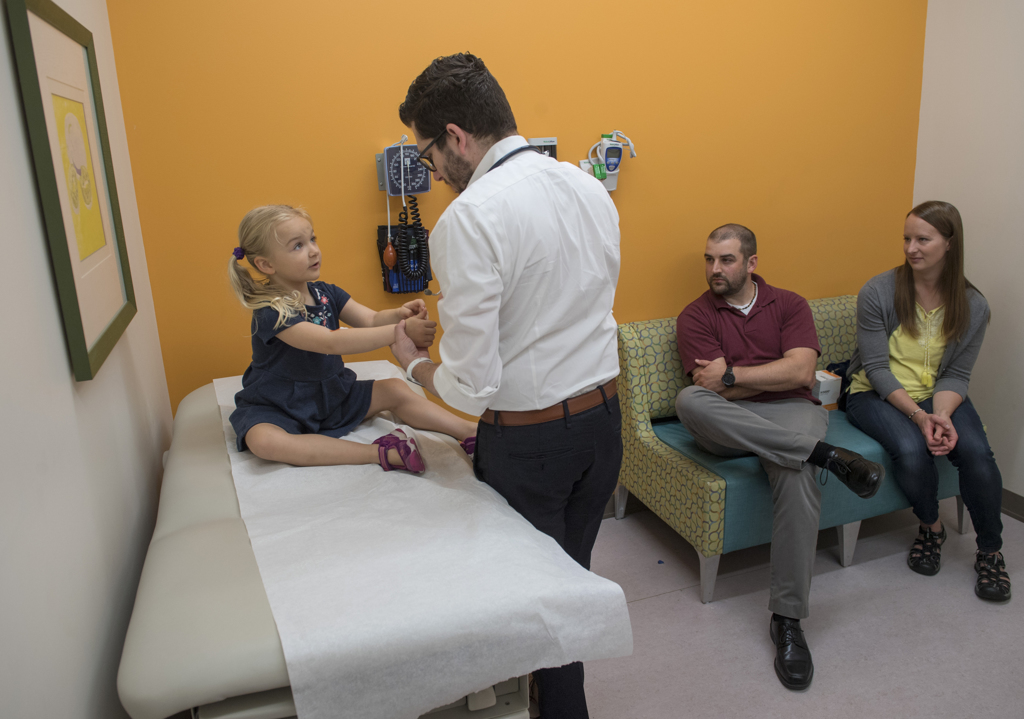
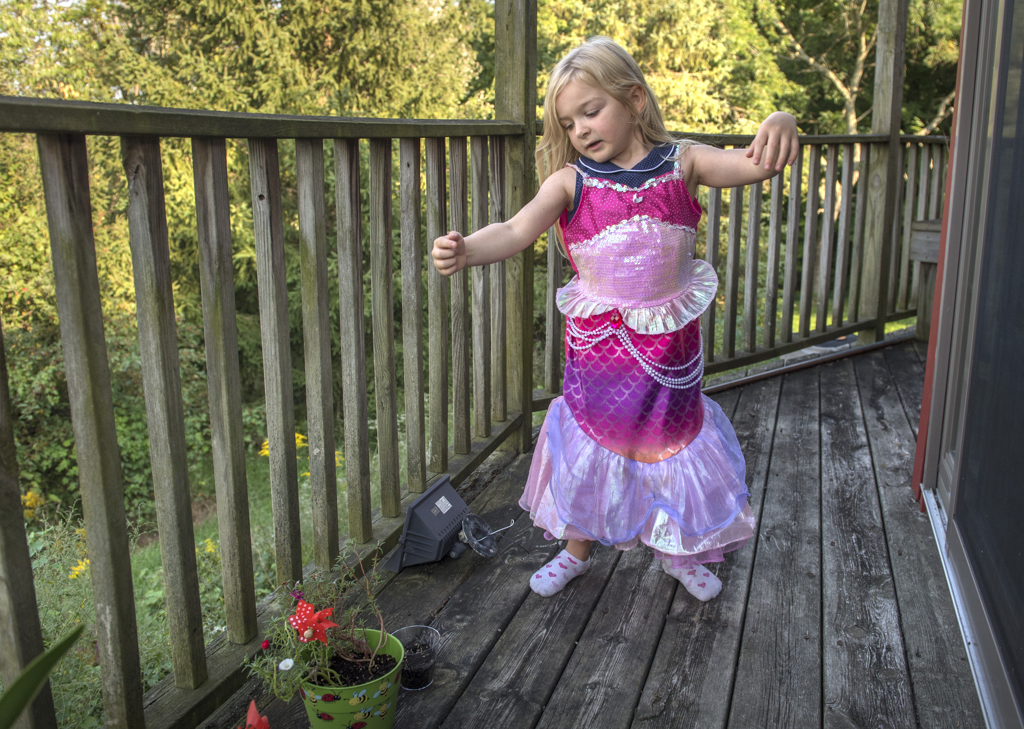
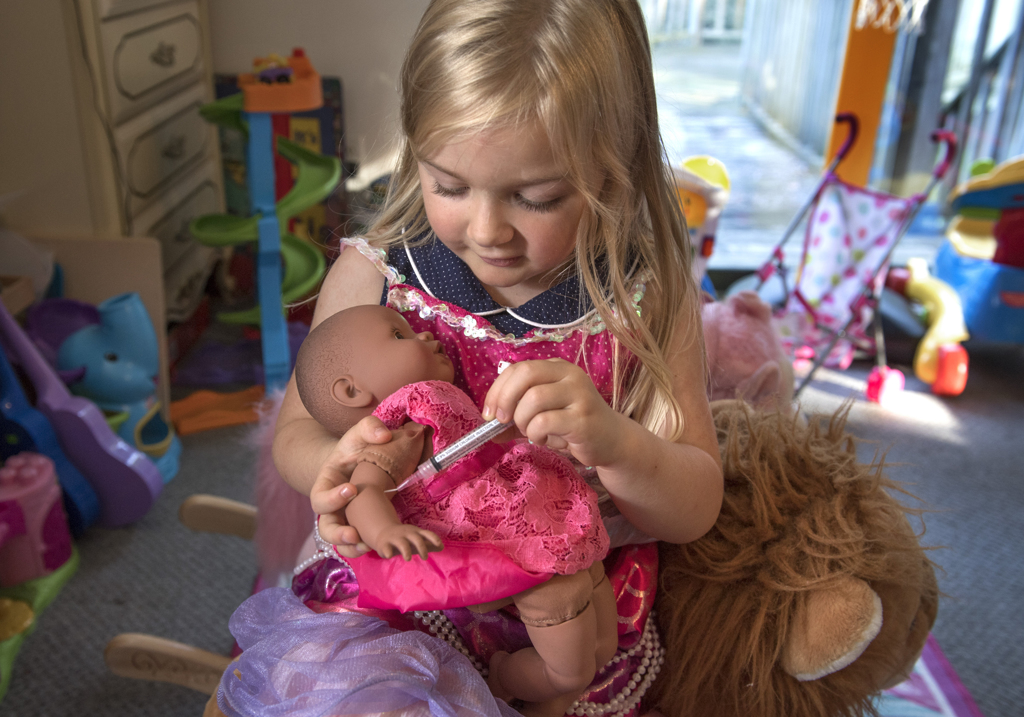
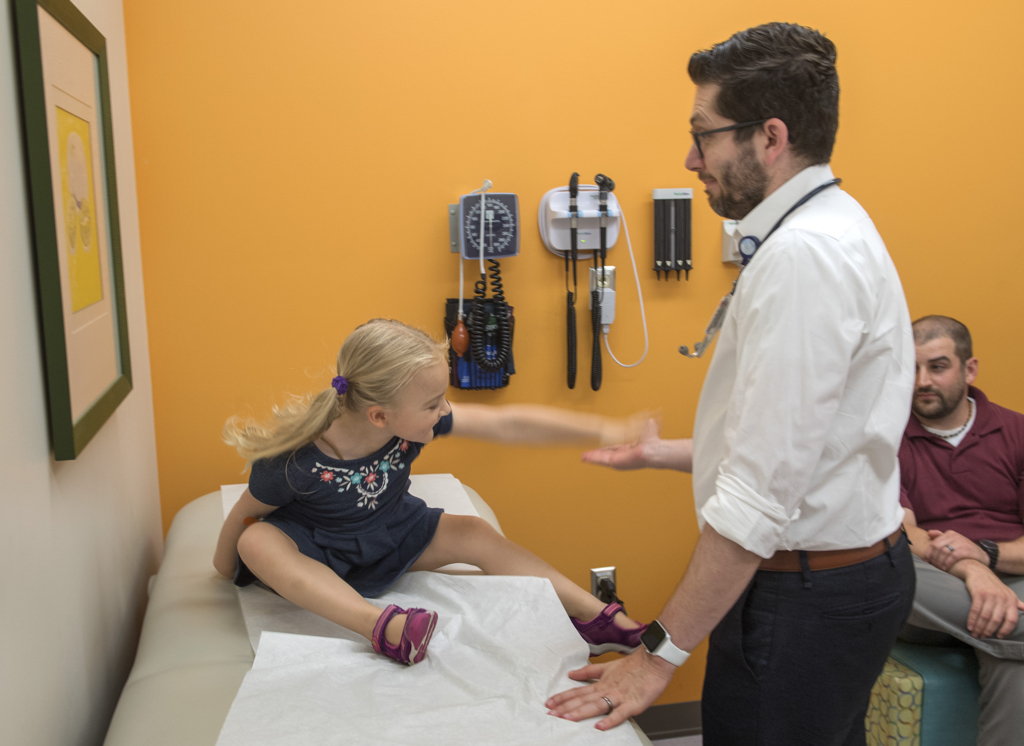
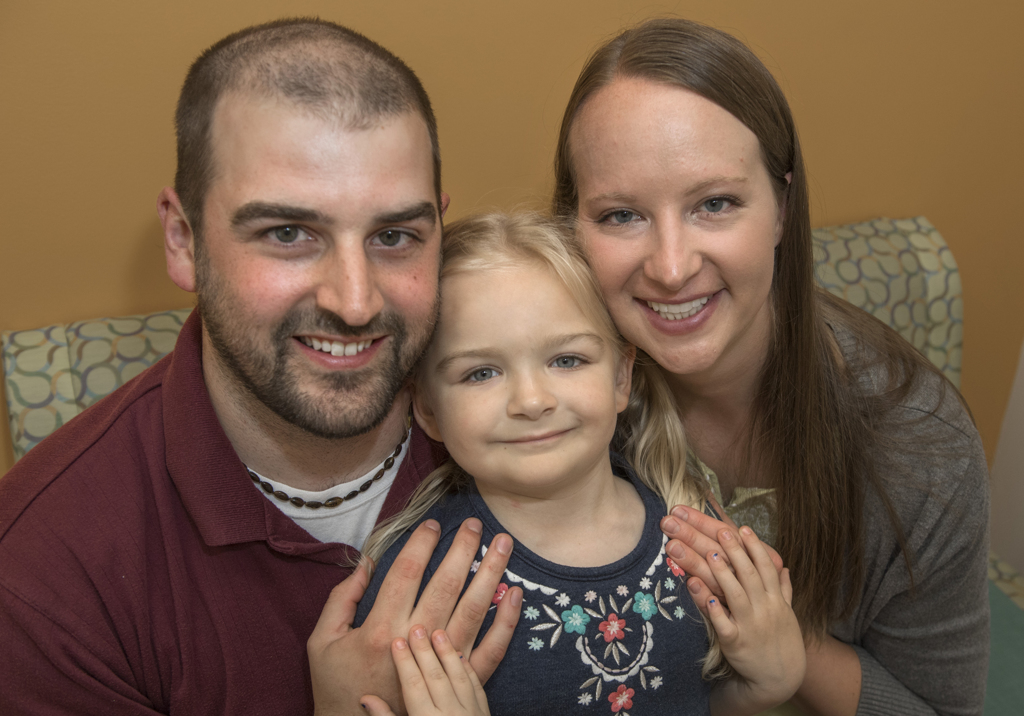
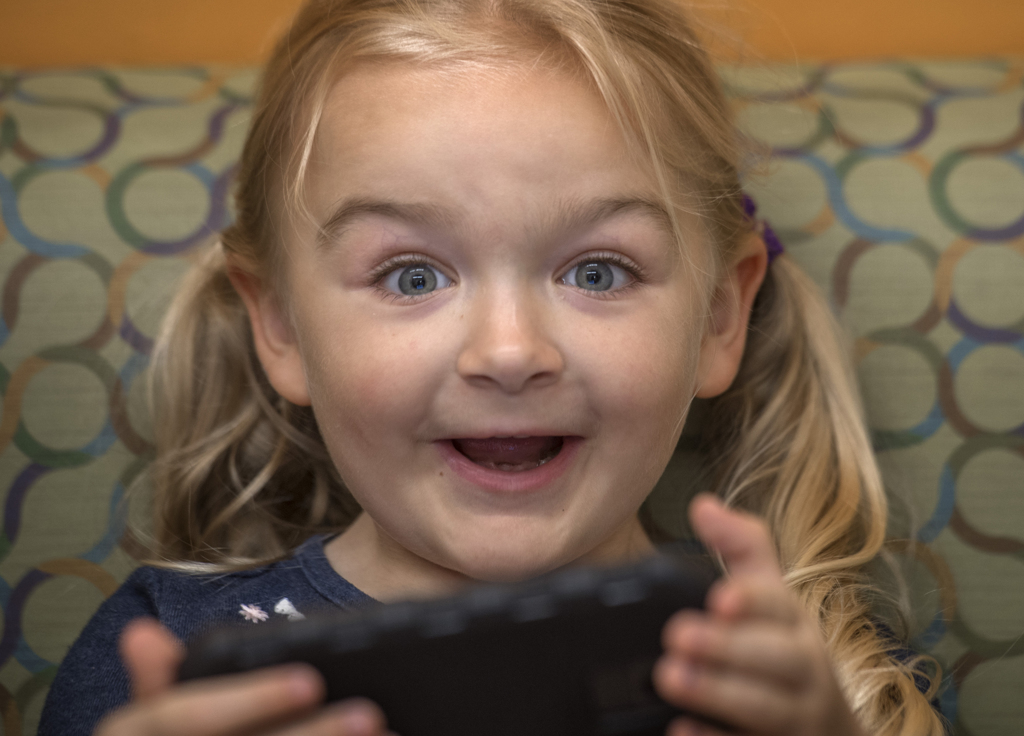
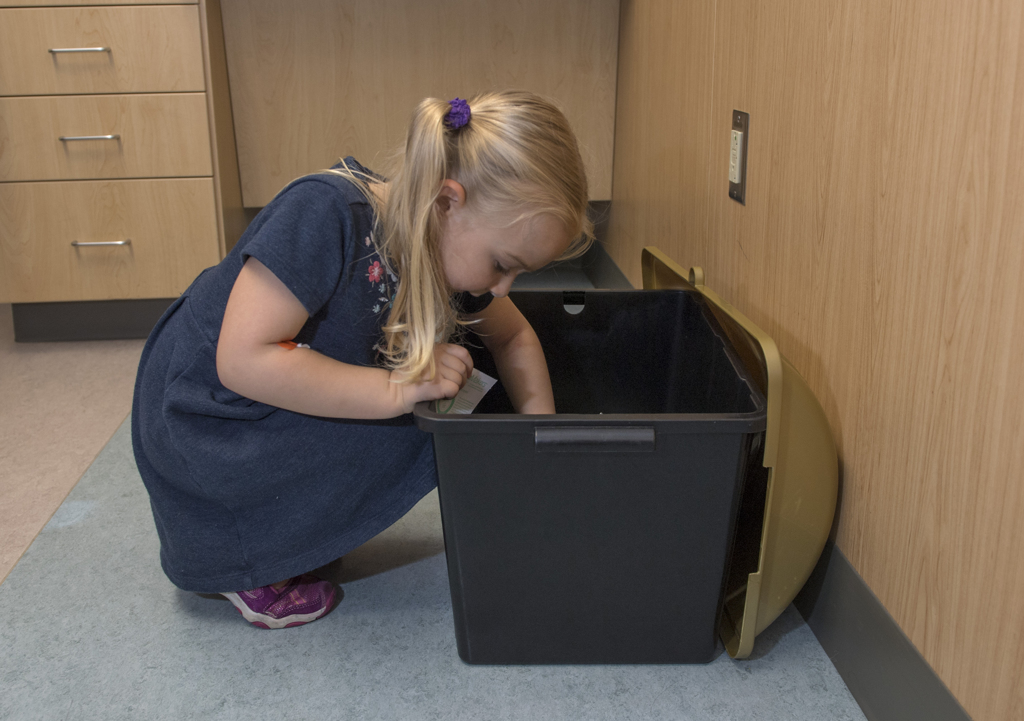
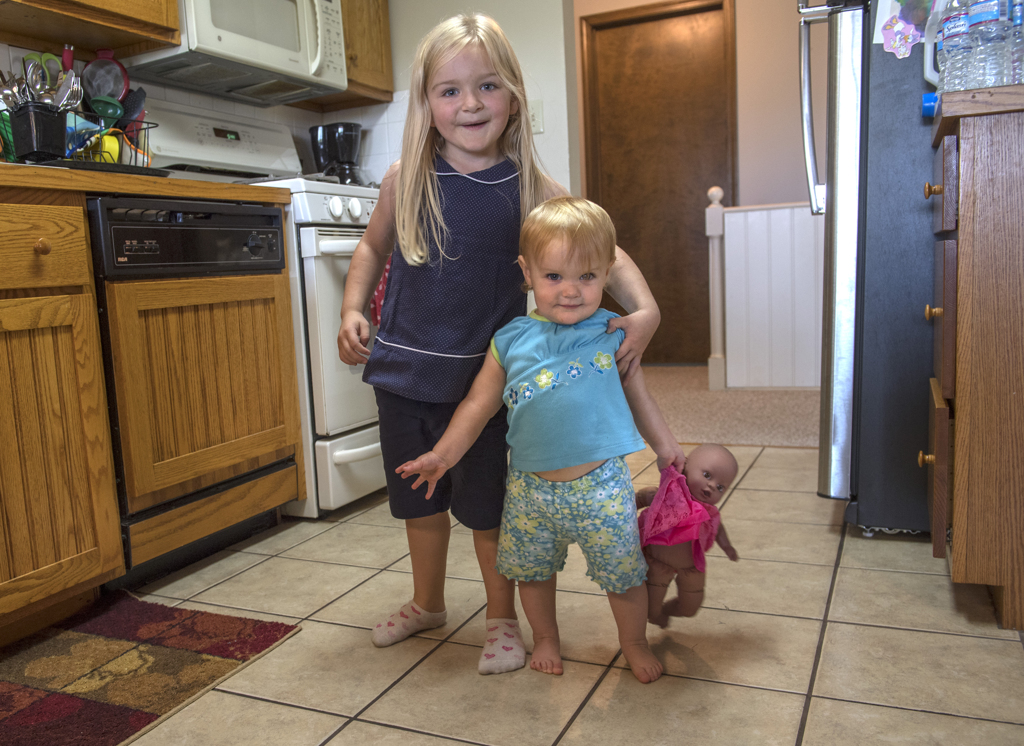
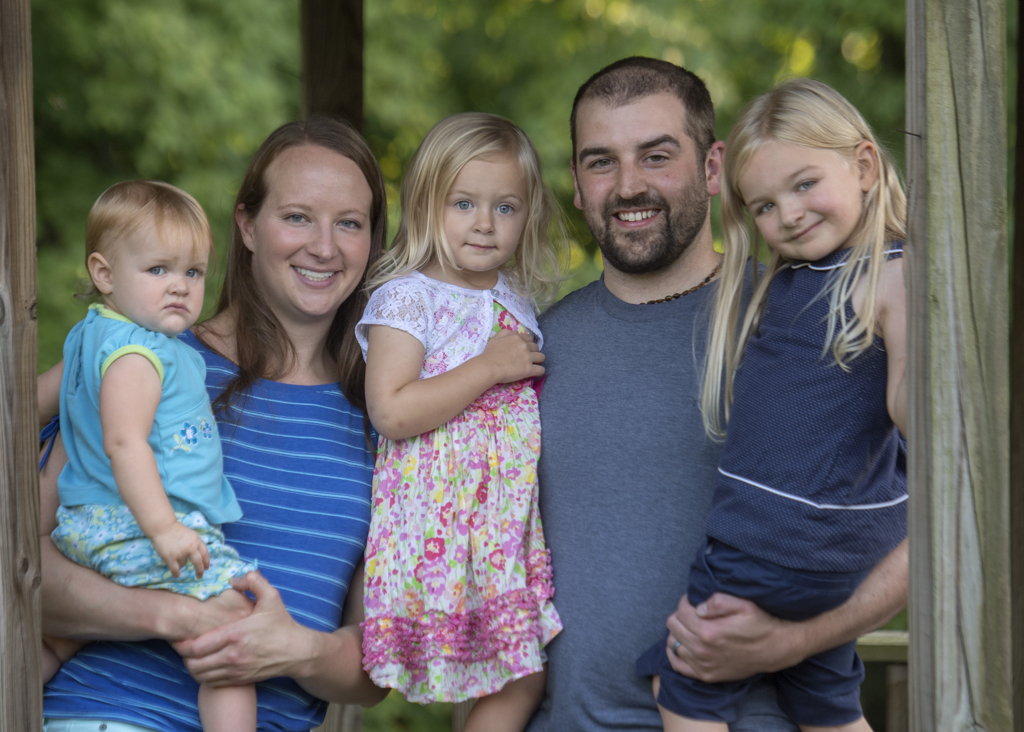

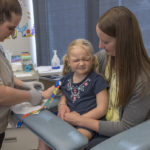
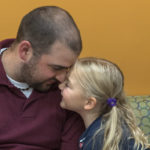
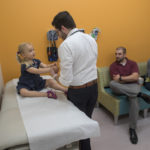
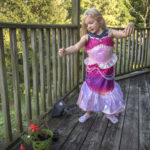
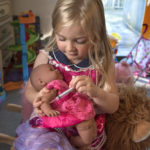






 /a>
/a>
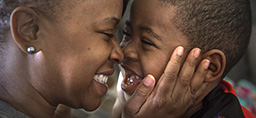 /a>
/a>
 /a>
/a>
Way to go Natalie!!!
What a brave little trooper you are!!
Natalie really is a brave one. She’s done a great job overcoming her fear or pokes.